Fire-fighting fans are an important part of various fire-fighting air extinguishing systems. There are many types of fire-fighting fans. General fire-fighting fan systems include smoke exhaust fans, positive pressure blowers, fire-fighting supplementary fans, smoke exhaust fire valves, air supply valves and other important components. The electrical and mechanical performance status is directly related to the success of fire fighting, personnel escape, and rescue. The working characteristics of general fire air supply and exhaust equipment are: seldom used daily, equipment is idle for a long time, and some are even directly powered off. The fan is severely corroded, the equipment is aging, the equipment lacks lubrication, the lubrication is dry, or the lubrication is improper, causing bearing damage, etc. The reason is that the fan can’t run; in better cases, the fan is usually rusted, rusted, stuck, lubricated, aging, blocked or leaked or the fan control circuit is caused by the negligence of manual inspection and maintenance. Aging and damage, once a fire occurs, it cannot play its due role at a critical time, causing huge loss of life and property. In recent years, the direct cause of casualties in many major fire accidents is that smoke and dust cannot be discharged in time, causing people to breathe and suffocate. Most of the reason why smoke and dust cannot be discharged in time is that the fire air supply and exhaust equipment cannot operate normally at critical moments.
The function of the fire-fighting fan inspection device is to automatically manage the daily maintenance and inspection of the fire-fighting fan equipment, avoid the above-mentioned failure of the fire air supply and exhaust equipment to operate normally at critical moments, and help minimize the loss of life and property.
In view of the importance of fire-fighting equipment, its control system must be highly stable and reliable. After comparing the performance of many types of brand PLC controllers on the market and experimenting, the Haiwell C series PLC is finally selected. This series of PLC has stable and reliable performance, simple and easy to use; the single machine has moderate IO points, rich programming instructions and fast calculation speed. The communication command is quick and convenient. Combined with the Haiwell touch screen, it can easily realize on-site human-computer interaction, and can connect to the configuration software of WINCC, Kingview, MCGS, Force Control and other upper computer through MODBUS communication.
The fire-fighting fan inspection device of this design uses C32S0R PLC, with a total of 16DI/16DO points, and can control up to 12 fire-fighting fans. According to user needs, it is convenient to choose and set the number of patrol control fans, and the patrol cycle, patrol time, single patrol time and other parameters can be set and modified in real time. The system polls and checks the switch status of each fan valve in the system in real time, and records various historical operation data of the fan, including start times, running times, and start success rate; forced running time, automatic running time, fault type, fault time, Start success rate; air duct pressure difference switch; fire insurance times, time and other parameters, real-time calculation and analysis of fan performance status parameters, and regular fan performance status reports.
This design uses the convenient communication control commands of Haiwell PLC, and exchanges information with customers remotely, fire control center, and equipment maintenance center via the Internet via MODBUS to TCP/IP, and promptly reminds and supervises maintenance personnel to carry out system maintenance. Customer remote, fire control center, equipment maintenance center can directly or restricted (depending on the authorization) control and maintenance of on-site fan equipment groups through the Internet, and the equipment maintenance center can remotely update the self-check and upgrade the control system.
Part of the programming of the control system adopts simple and practical ladder diagram instructions, and adopts the modular programming idea of ​​calling subroutines from the main program. The logic is clear, which is convenient for program maintenance and project transplantation. Human-computer interaction is adopted for the parameters of debugging and modification, which greatly facilitates users and debugging personnel, and reduces the cost of equipment debugging and maintenance. The screenshots of part of the instruction diagram are as follows:
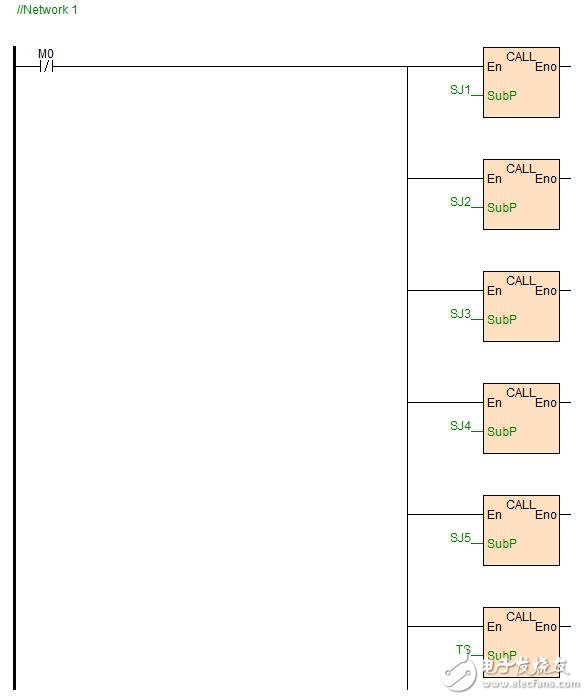
Figure 1 Main program call instruction

Figure 2 Instruction of inspection control part
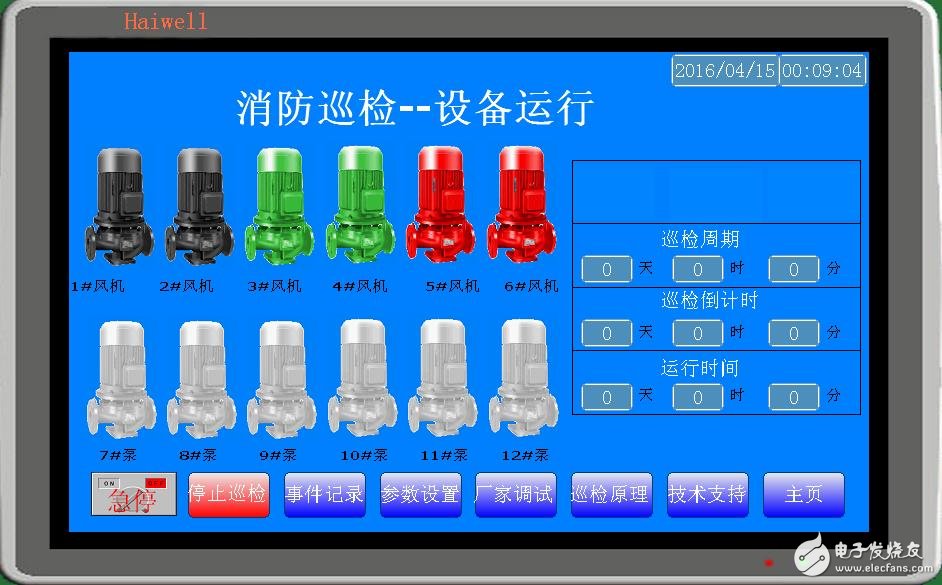
Figure 3 Screenshot of the touch screen
The cabinet pictures on the design site are as follows:
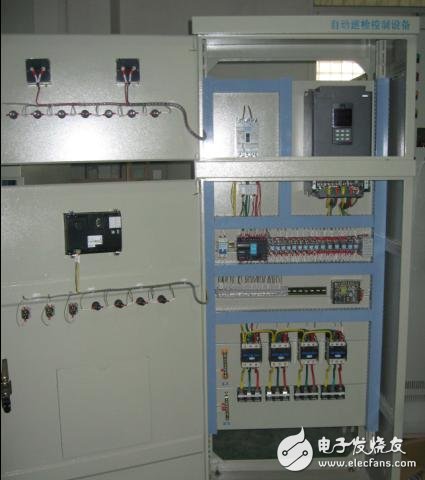
Figure 4 Partial view of the cabinet 1
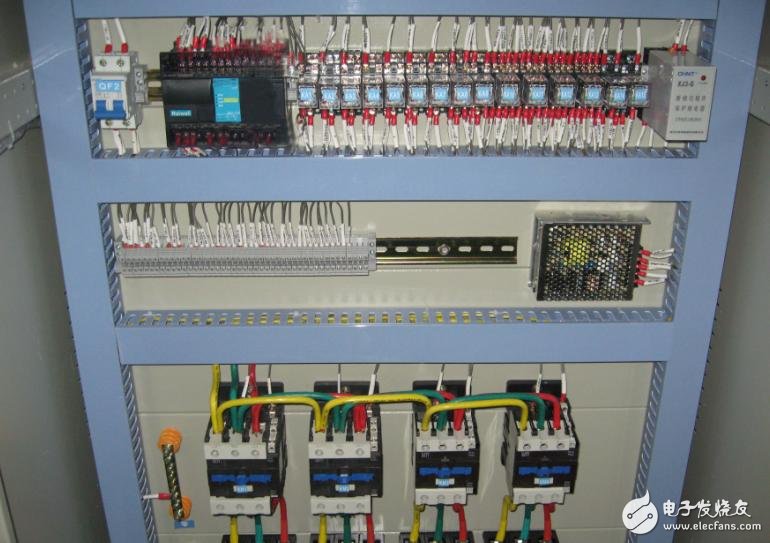
Figure 5 Partial view of the cabinet 2
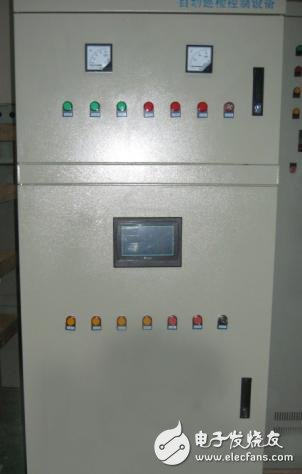
Electronic Cigarette,Largest E-Cig Oem,China E-Cig Oem,Vape Pen Oem,Vape Device Oem
Shenzhen MASON VAP Technology Co., Ltd. , https://www.disposablevapepenfactory.com
![<?echo $_SERVER['SERVER_NAME'];?>](/template/twentyseventeen/skin/images/header.jpg)